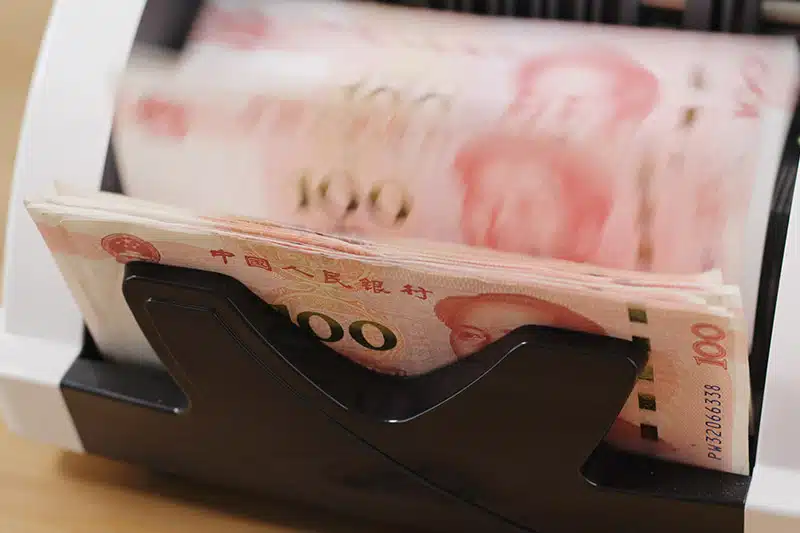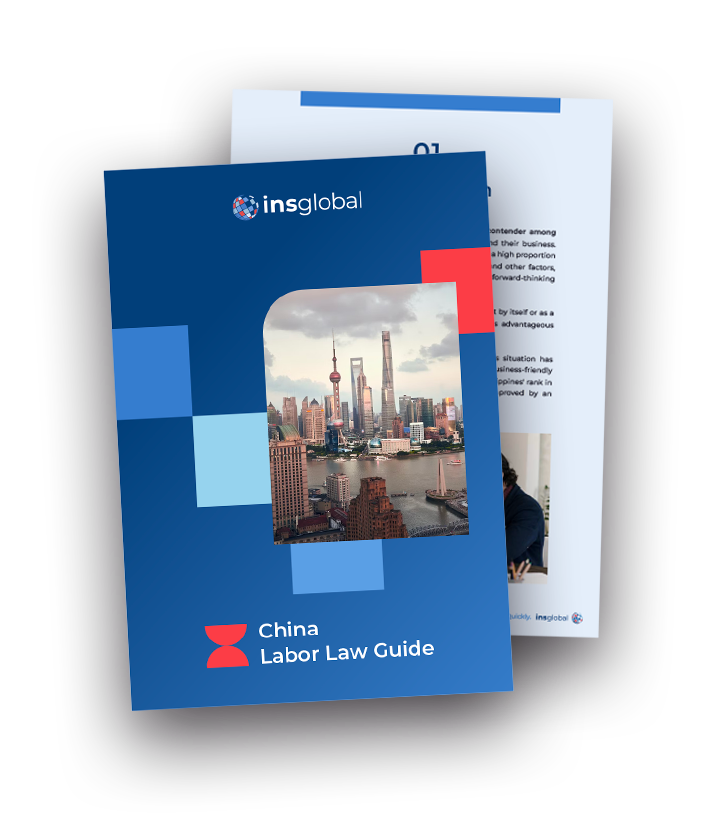Western outlets have zeroed in on the Chinese shadow banking sector and its rapid growth in recent years. Shadow banking refers to lending and credit intermediation outside of the typical banking system. Shadow banking is not subject to banking regulations which contain risks and prevent the spread of such risks throughout the economy.
This kind of system is widely understood to have played a large role in a number of financial crises including the subprime lending crisis of 2007 and 2008.
The major shadow banking products in China include so-called entrusted loans and undiscounted banker’s acceptances. One of the major concerns about the growth of China’s shadow banking system is that risk is more difficult to detect because financial institutions invent new instruments, such as entrusted loans.
Entrusted loans are informal assets, which hides the added risk that banks have taken on by the use of these products.
China’s shadow banking system fits into a larger well-studied puzzle about the relationship between Chinese law and economic growth. Debt growth has played a big role in China’s investment led-growth strategy.
In order to contain the risk that the shadow-banking sector poses for China’s economy, it will need to deleverage. However, this will put pressure on China’s economy. This is politically problematic given the pressure to maintain economic growth.

Tired of scrolling? Download a PDF version for easier offline reading and sharing with coworkers
In a hurry? Save this article as a PDF
Tired of scrolling? Download a PDF version for easier offline reading and sharing with coworkers.
Fill up the form below 👇🏼
Growth Targets
One of the concerns put forth by the IMF is that the government’s high economic growth targets encourage excessive borrowing. Now that many institutions and companies have exceeded their normal borrowing limit in the pursuit of growth, they have found creative ways to continue borrowing.
In fact, the development of entrusted loans, the core product of China’s shadow banking system, is a product of the push to exceed borrowing limits. In some respects, this story is similar to the run-up to the US’s subprime crisis of 2007.
The government’s homeownership targets caused the financial system to invent a variety of risky financial instruments and created a vast array of new relationships in the financial system which spread risk to disparate areas of the financial system and larger economy.
Moral Hazard Risks of Chinese Shadow Banking
While it is difficult to assess the riskiness of the decisions made by China’s shadow banking sector, the greatest concern is that risk is made worse by the problem of moral hazard. In other words, if lending institutions feel that they will be protected by the Chinese government during collapse, then they may be inclined to continue to use more exotic financial instruments to extend credit to risky businesses and institutions.
There are a number of factors in China that make this a concern. When the Chinese stock market crashed in 2015, the government intervened to prop-up the stock market. This happened, in part, because the government was concerned about its reputation after encouraging the Chinese populace to put its savings into the stock market.

Financial market actors know that the Chinese government has a laser-like focus on its reputation and is willing to spend enormous amounts of money to protect its reputation. It may also be willing to shore up other parts of the financial system to prevent a damaging collapse. These financial institutions may also have knowledge of which industries a collapse would affect, such as real estate.
Therefore, their insider knowledge and risk-calculus may encourage them to make imprudent lending decisions.
Check Our China Labor Law Guide
Learn how the Chinese law is applied in all aspects and situations, from an employer and employee perspective

New Regulations on Chinese Shadow Banking
In March 2017, the government established a set of rules to limit the sales of off-balance-sheet investments. The effectiveness of this new wave of regulation likely comes from the fact that it targets specific types of financial instruments. This is opposed to other types of institutions (i.e. banks, investment companies, insurance firms, etc.).
The China Banking Regulatory Commission (CBRC) has implemented a rule stating that banks may only act as middle-men in arranging entrusted loans. Outside of this, they may not guarantee them. Acting as guarantors for entrusted loans is presumed to be the primary factor in the origination of risky loans.
Banks are forbidden from using their own funds for entrusted loans. The CBRC also forbids the use of entrusted loans for a variety of securities. These forbidden types include equities, derivatives, and bonds. As a result, the measure will likely help to contain the spread of risk throughout the financial system.
A Reason For Cautious Optimism
Growth in shadow banking assets has declined since the regulations were put in place. They reached a peak growth rate of around 17% in October 2017. For the first time since 2012, GDP growth has exceeded shadow banking growth.
Spectators should be cautious in their optimism, however. This is because borrowers and lenders may invent new arrangements in the shadow banking system that are difficult to detect. If the existence of entrusted loans in the first place is the product of government pressure to meet ambitious growth targets, companies may be able to find creative ways of inventing new lending arrangements.
While these signs are increasingly positive, the potential for yet more change means it’s more necessary than ever to make the most of local knowledge. Entering any local market the problem of unfamiliar laws is going to be present, nowhere more so than in China.
Conclusions: Staying Compliant with Every Measure
As a result of all this, regulatory efforts to contain the shadow banking system appear to be successful. Nonetheless, the ability to measure the size of the shadow banking system and effectively map it out may have limitations.
Since this is the case in systems like the U.S. and Europe, it may be especially the case in China, which is overall far less transparent. So, in the coming years, spectators should keep an eye on the interplay between the shadow banking system and debt growth. This includes understanding China’s evolving growth strategy and planning.
When you’re considering your Chinese market entry strategy, you need to know all the risks. That’s why partnering with a local services provider like INS Global can be crucial to safe, efficient, and rapid expansion.
We offer global PEO (Professional Employer Organization), EOR, and Recruitment solutions in China that are 100% compliant with all local labor and business requirements. Save time and money on the complications of Chinese market entry and contact us today to learn more.

SHARE